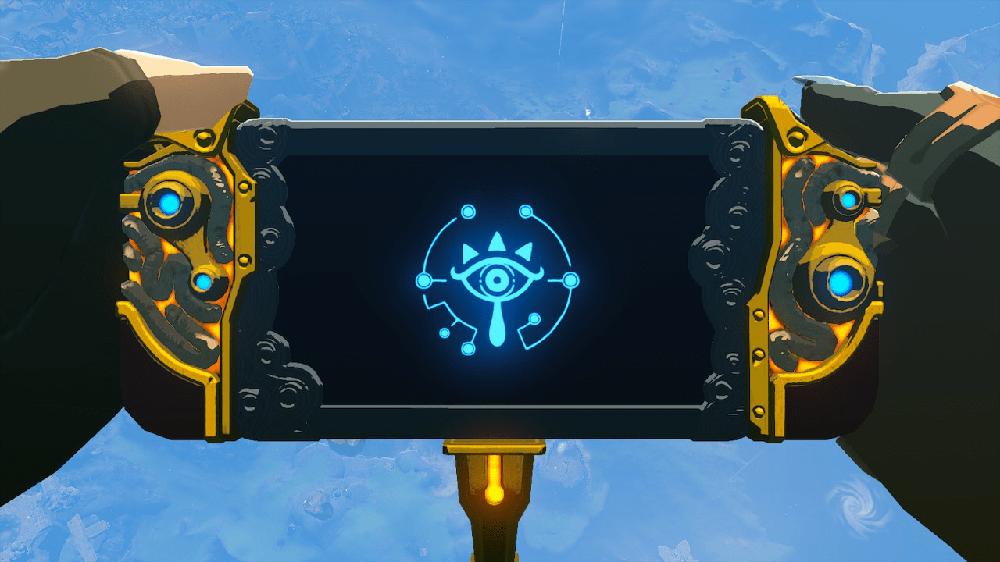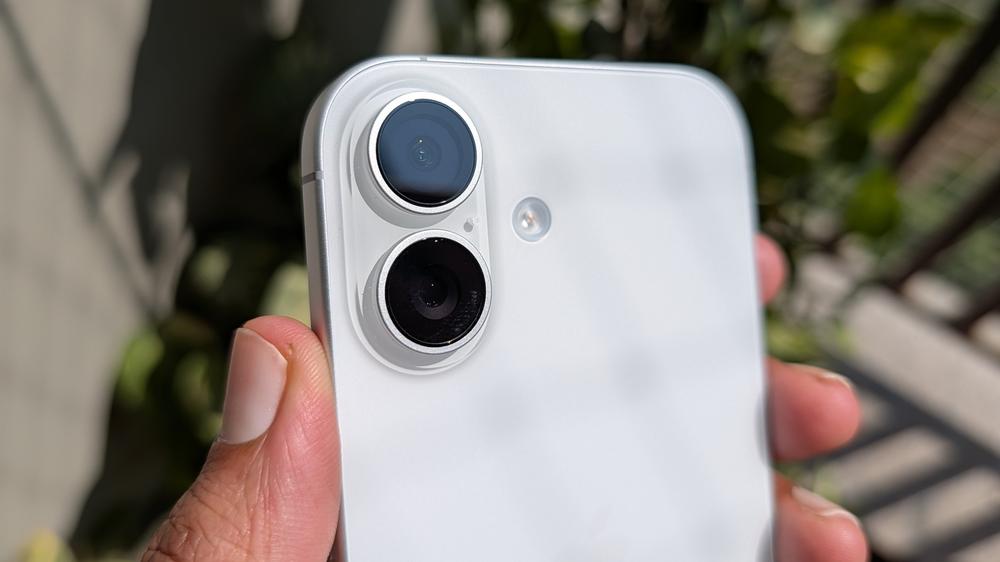Though the Pokémon games’ Rotom Phones haven’t really changed all that much design-wise over the past few years, each generation has introduced new functionalities that made upgrading a no-brainer. Sword / Shield’s Rotom Phone — the very first one — came with a bare-bones camera that made it easy to snap wide-angle (screen)shots out in the Galar region’s Wild Area. The second-generation Rotom Phone’s camera in Scarlet / Violet was a significant improvement, but the device’s real standout feature was its ability to keep you from plummeting to your death if you fell from a great height.
While neither of the early Rotom Phones were as visually interesting as Pokémon Legends: Arceus’ Arc Phone, they both spoke to how the Pokémon universe’s consumer tech has become increasingly streamlined and robust. That trend continues in Pokémon Legends: Z-A with a new Rotom Phone that feels like it was designed for urban exploration.
Read Article >It’s hard to say what, precisely, makes a design timeless. Some classic gadgets are simply beautiful, while others remain functional years after they come out. The list of truly timeless products in tech is small, but there’s one name that looms large: RobCo Industries’ Pip-Boy. Sure, it’s relatively simple, and some of its features only work if you’re stuck underground. But when a design hasn’t changed for 200 years, you know it’s doing something right.
For those who have been living under an irradiated rock, a Pip-Boy is a wrist-worn computer that — despite originally being meant for the pre-war world and, later, life inside of a Vault-Tec vault — has become an indispensable tool for survival out in the wasteland. It’s large and rugged, though not particularly heavy or uncomfortable, and is outfitted with plenty of satisfyingly chunky dials and buttons. From an aesthetic perspective, it’s surprisingly versatile, pairing with everything from a Vault-Tec jumpsuit to raider armor. You never really have to worry about when and where it’s okay to wear one.
Read Article >Arthur C. Clarke famously said that “any sufficiently advanced technology is indistinguishable from magic,” and that’s never been more true than with the 3 Body Problem VR headset. It’s so far ahead of everything else on the market that it doesn’t seem possible. There’s really no doubt: this is the best way to experience virtual reality. Sadly, there’s far too little software to take advantage of all of that advanced tech; at launch, there’s only a single app available. And even though that one app is a game that could alter the fate of mankind forever, that doesn’t quite nudge the headset into “must buy” territory.
But let’s start with that hardware because it is indeed incredible. It’s a sleek metallic headset that’s so light you can barely feel it at all. It’s completely wireless, and unlike, say, the Apple Vision Pro, it seems to work for just about everyone right out of the box. No fussing around with visual settings or specially-fitted seals. Just put it on and go. There are also no loading times, and the battery life appears to be infinite. How they managed to squeeze all of that inside such a tiny device is baffling. I’m eagerly awaiting the moment iFixit gets their hands on it.
Read Article >It’s never easy to follow up a beloved device, especially when it’s one that managed to fuse ancient technology with a modern-day phablet. But the Purah Pad — a spiritual successor to the Sheikah Slate — manages to add more utility to a device that already let you control physics. It still doesn’t have much in the way of entertainment options, but its new design and feature set are ideal for those traveling around Hyrule, particularly if you also have a wearable that gives you power over space and time.
In terms of hardware, the Purah Pad has a slightly more streamlined setup than its predecessor, with a seven-inch display flanked by physical buttons and other controls on the sides and a USB Type-C port at the bottom. It has a rather ornate design that fits right in among any other ancient tech you might have but also results in a gigantic bezel that can obscure the edges of the display. It’s form over function. I should also note that somehow, once again, this device has infinite battery life.
Read Article >As the Pokémon world becomes a bigger, richer place filled with an ever-growing number of new monsters, the pokédexes trainers receive at the beginning of their journeys have similarly evolved with the release of each new Pokémon game. At first, Pokémon Scarlet and Violet’s new Rotom Phone might not look like a major step up from the first-gen model introduced in Pokémon Sword and Shield or seem at all novel compared to Pokémon Legends: Arceus’ deific Arc Phone. But the Paldea region’s most popular smartphone features a number of useful updates to classic apps, UI changes, and new lifesaving safety features that make using it feel like a completely new experience.
Though pokédexes have a long history of taking design cues from Nintendo’s handheld consoles, Pokémon Scarlet and Violet mark the return of Generation VIII’s Rotom Phone — an otherwise ordinary smartphone that becomes supercharged after being possessed by a Rotom. While the jump from Generation VII’s Rotom Dex to the original Rotom Phone saw the device go through a drastic redesign to improve pocketability, the Generation IX Rotom Phone is more of an incremental hardware update meant to make the phone more useful for adventuring. Aside from a new second camera module and a thin built-in ring light around back, Scarlet and Violet’s Paldean Rotom Phone looks more or less exactly like last generation’s model and comes in a familiar fiery red-orange but can also be customized with a variety of cases.
Read Article >The Sheikah Slate is not your run-of-the-mill gadget. Bestowed upon hero of light Link in The Legend of Zelda: Breath of the Wild, the Slate is severely limited in its feature set and unable to do basic modern-day tasks, like browsing Netflix or accessing a global communications network linked together by satellites. It does, however, pack some pretty unique specs and comes capable of performing feats of alien magic.
The Slate’s screen appears to fall right in the middle of phablet territory, not quite a 7-inch tablet and too bulky to compete with the standard iPhone. The display seems powered by some mystical liquid-crystal technology developed likely by the Zoras, a race of ancient humanoid amphibians. Its Hylian-01 chip also looks like the world’s first mobile quantum processor, or else how could it achieve its near-unlimited processing power, or conduct instantaneous matter transfer over long distances?
Read Article >
 “I’m scared”: Woman finds aisles of expired food labeled “still good” at gas station
“I’m scared”: Woman finds aisles of expired food labeled “still good” at gas station